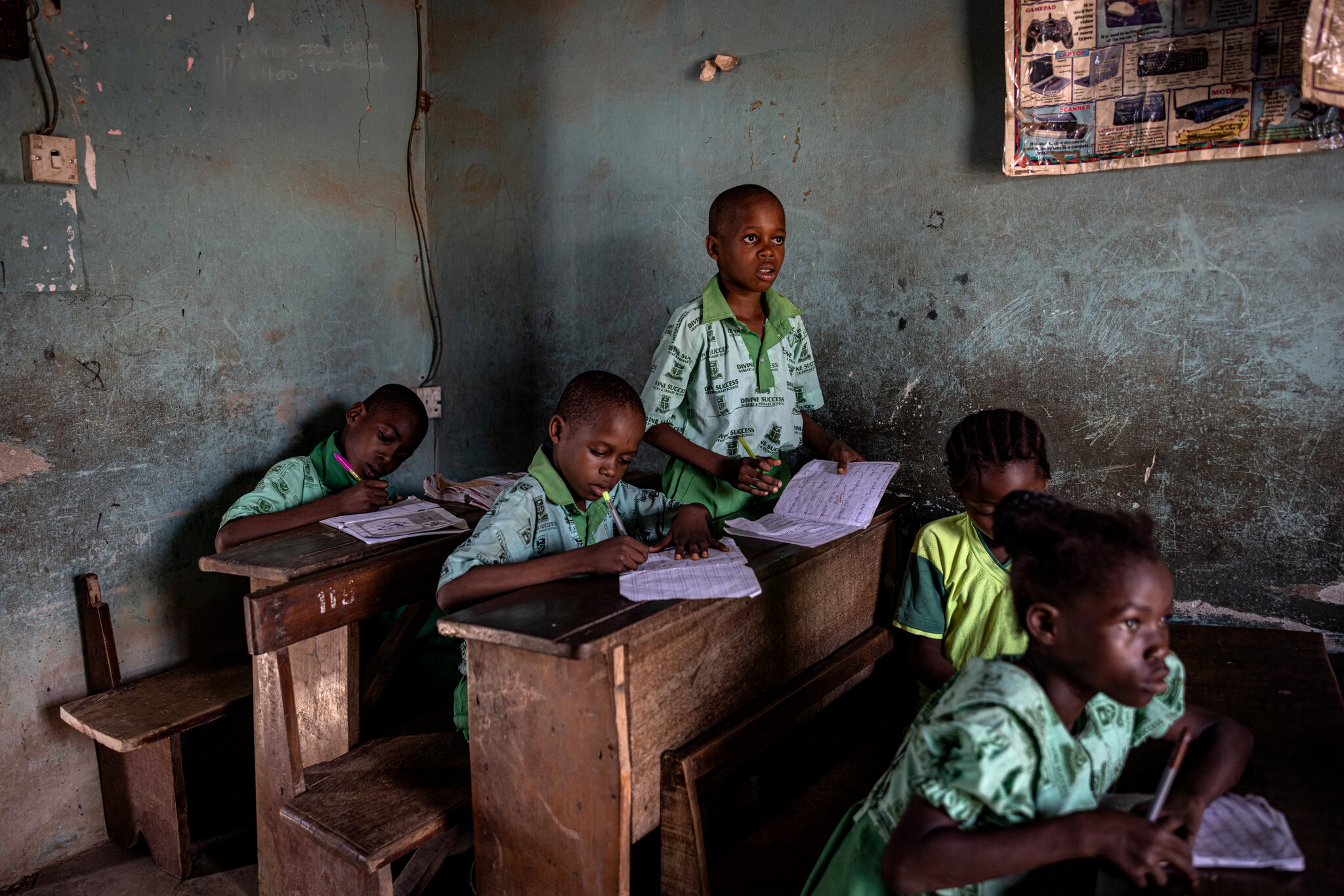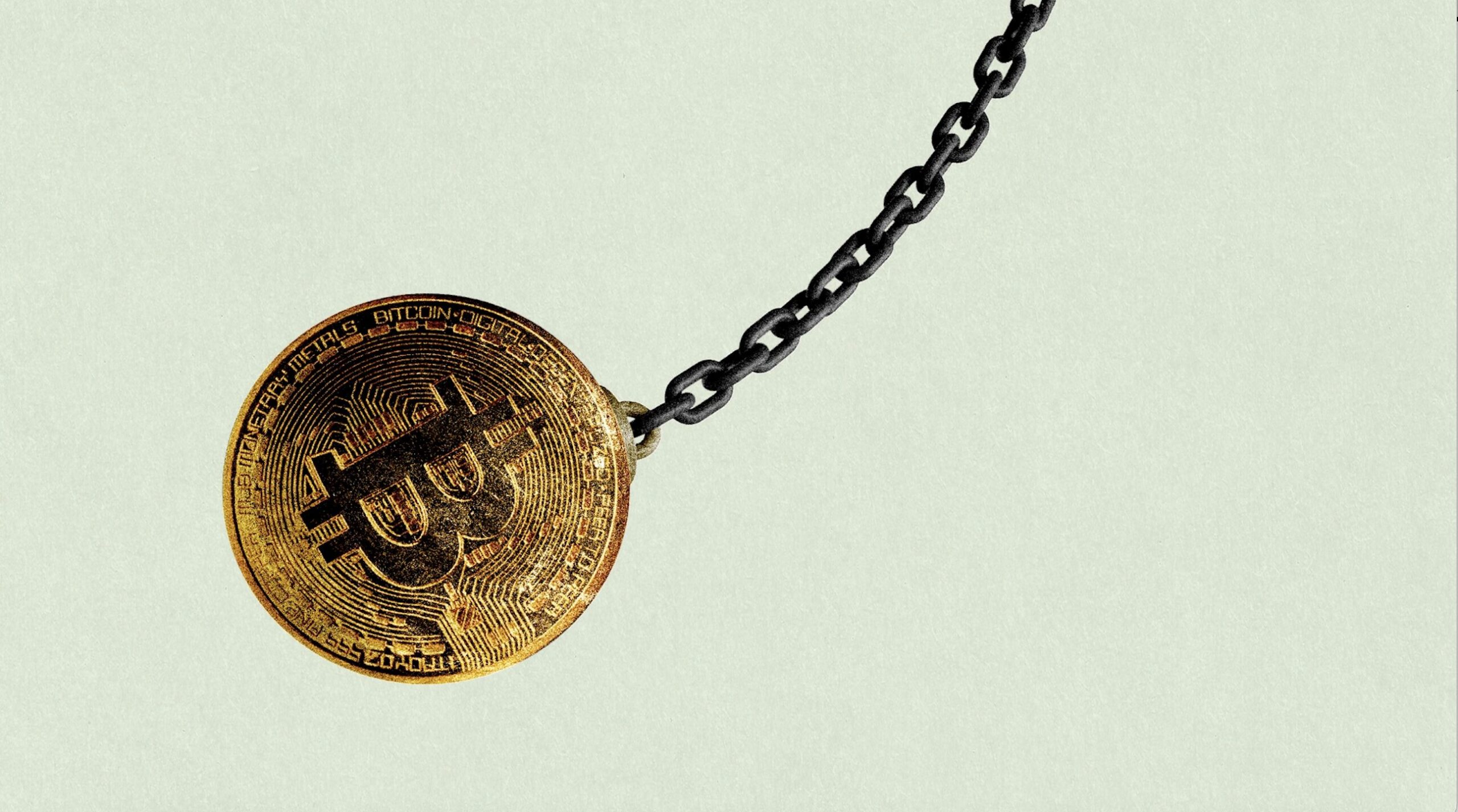The Man Who Said No to Easy Money
(original source Time)
Late in January, the high priests and priestesses of the U.S. economy gathered inside their Washington sanctum for the regularly scheduled ritual known as the Federal Open Market Committee (FOMC). This is the group that decides the value of money, measured by interest rates, which it controls by easing or tightening the money supply. Of course, there are other forces that influence the value of money—a great global whirlwind of forces—but most don’t hold orderly meetings in a grand conference room on Constitution Avenue.
The FOMC’s mission is to steer a course between the shoals of high unemployment and high inflation, putting enough dough into circulation to keep the economy well fed and growing—but not so much that money begins to plummet in value. The priesthood meets eight times per year, reporting its decisions in oracular statements of Olympian voice. This year, when the committee spoke, Fed watchers noted something striking: for the first time since z00% the members were unanimous. All supported the chosen policy of adding $600 billion to the banking system by purchasing that amount of Treasury bills from big banks—a strategy known as quantitative easing.
Click here to read more
Relevant and recent posts




